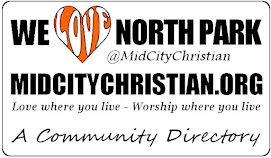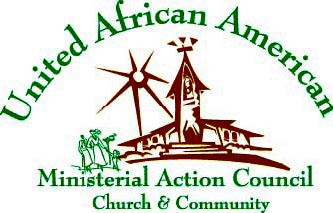When Niceness Is Naughty |
You won’t find the author of Jesus Mean & Wild disagreeing with “Why Niceness Weakens our Witness: I can’t follow Christ and also succeed at being nice” by Sharon Hodde Miller:
The
hard part, of course, is knowing when niceness, which most of the time
expresses kindness and respect, becomes an act of cowardice. I’ve spent
much of my life learning the difference and I don’t always show good
discernment.
The Polyamory Trend
I’m
not inclined to point to outlandish examples of culture-gone-wild, but
when I came across two stories in a short span, I had second thoughts.
Our culture is so large and diverse, there is always something crazy
going on somewhere. “Polyamory Is For Pre-Teens in Public Schools. Oh Really?” and “Lutheran ‘Love’: ELCA Bishop Leila Ortiz Praises Polyamory” come from culture-warrior websites, so I initially read them with a skeptical eye. I assumed they were extreme examples.
Then I read in Men’s Health—hardly a reactionary outlet—an article on “What Is Polyamory and Why Is It Gaining Popularity?”
This
last article is not the be all and end all on the topic, but it does
suggest the mainstreaming of what was formerly an extreme and outlandish
practice. So mainstreaming, it seems, that the next issue of CT Pastors will have an article to help church leaders navigate this in their communities, and sometimes in their churches.
What to Do about Nationalism
Nationalism has become a dirty word in some circles since
the tragic shooting in El Paso of a few weeks ago. But like most
concepts, it comes in many forms, some healthy and some not. The
conservative version—and the one that scares some people—is called
national populism. Matthew Goodwin at UnHerd comments on a number of books that
explore the roots and outlines of this phenomenon in a way that leads
to understanding and not mere condemnation or cheerleading—or at least
it seems given the summary of the books.
Calling Evil Good
From a favorite teacher on the other side of the Tiber: Bishop Robert Barron on the Limits of Tolerance.
The video is a bit dated since Katharine Jefferts Schori’s term as
presiding bishop of the Episcopal Church ended in 2015. But it is a
perfect example—and both humorous and sad—of why the gospel of tolerance
(one of the gospel pillars of our culture) is not the same thing as
Christian love.
Grace and peace,
|
 | 
Mark Galli
Editor-in-Chief, Christianity Today |





















No comments:
Post a Comment